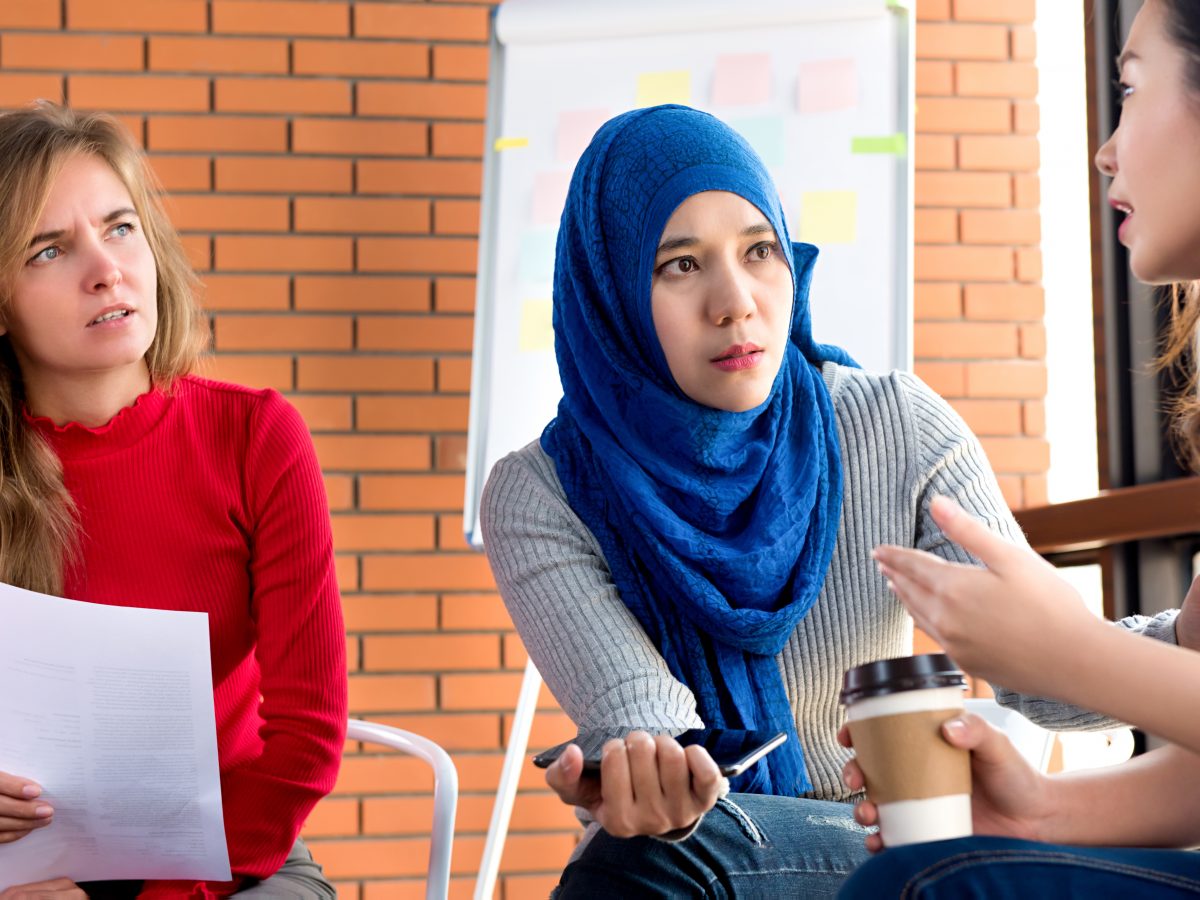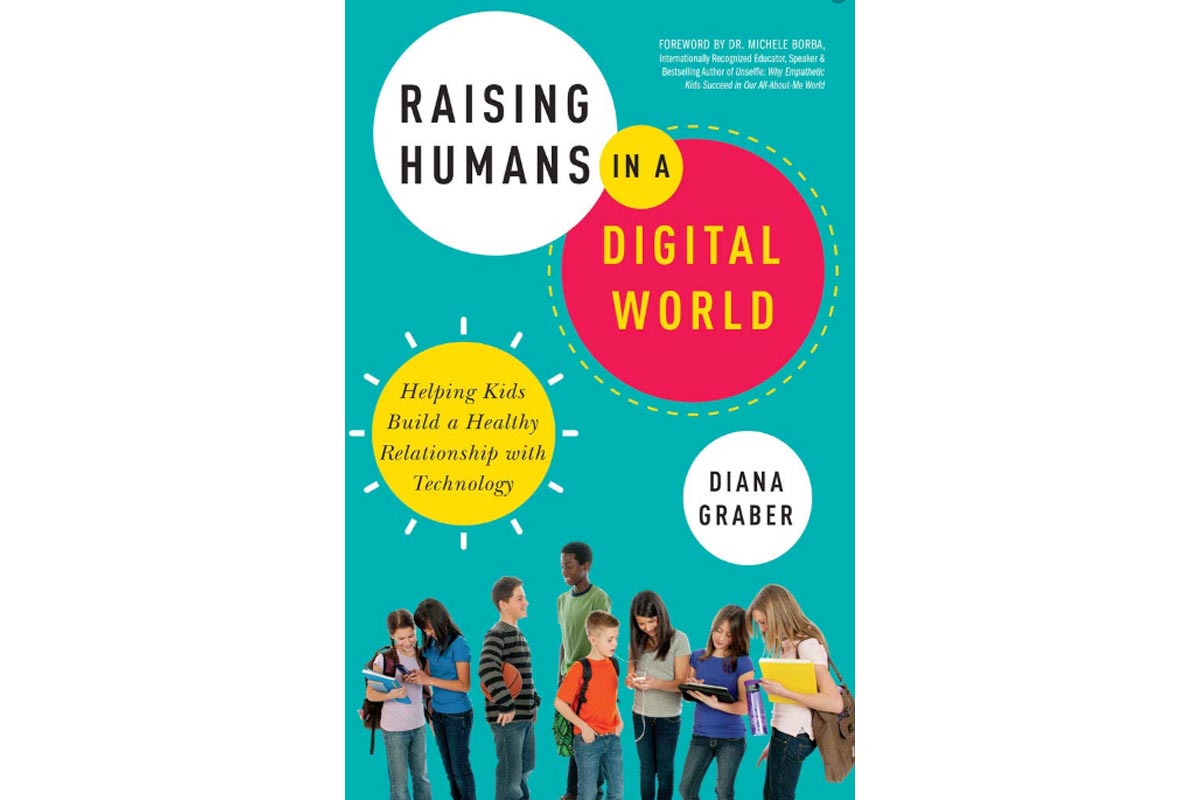Blog

How colors affect your mood, health and functioning
(Article originally posted in Under The Rainbow at University Hospitals)
Glad? You are tickled pink. Sad? You are feeling blue. Mad? You are seeing red. No doubt you have heard or uttered these familiar phrases, but have you ever stopped to wonder why so many of our emotions are linked with color — and whether designing your child’s room with a certain color scheme can impact their behavior?
Researchers are intrigued by how colors unconsciously affect our moods, the way we think and whether we are attracted to or repelled by something. The scientific discipline of “color psychology” goes beyond mere conjecture: Designers, athletes, advertisers, restaurateurs, health care providers and teachers all use color to improve health, productivity, appetite, mood and functioning.
“Parents are often tempted to paint their children’s rooms using their favorite colors,” says Jackie Jordan, CMG, Director of Color Marketing at Sherwin-Williams. “But your child’s favorite color may not necessarily be a good match for his or her personality.”
For example, the color red can evoke energy and warmth. “However, according to research studies on the psychology of color, ‘warm colors’ — such as hues of red or yellow — can also promote feelings of stimulation and excitability, while ‘cooler’ colors, like blue, tend to evoke feelings of calmness,” says Aaron Ellington, PhD, a child psychologist in the Division of Adolescent Psychiatry at University Hospitals Rainbow Babies & Children’s Hospital.
And white, which symbolizes innocence and purity, can also mean sterility. That is why it is a good choice for medical professionals to wear white, but too much in a child’s room could make it seem barren and sterile.
Scientists believe that color influences us because of “learned association”— we repeatedly encounter colors in relation to experience; for example, red stop signs signal danger, blue skies transmit tranquility. “The color green — which evokes calmness — is associated with nature and trees, which have a relaxing effect on many people,” Dr. Ellington says.
Alternative medicine practitioners even use color to heal: Red is thought to stimulate circulation; yellow is used to purify the body; orange may increase energy and blue can soothe sickness.
Colors also represent powerful symbols in our culture. Sometimes, conflicting feelings are evoked by the same color; for example, black can mean power or death, arousing either respect or fear; red can symbolize love or evil, causing a smile or a shudder.
Here’s a snapshot of popular colors and their widely accepted behavioral and health-related meanings:
White Innocence, purity, simplicity, cleanliness. Medical professionals wear white to evoke sterility.
Red Excitement, danger, warning, energy, romance, dominance. Enhances performance on detail-oriented tasks and athletic prowess.
Blue Peace, professionalism, coldness, loyalty. Associated with the ocean and the sky. Increases proficiency in creative endeavors.
Green Relaxation, comfort, hope, naturalness, fatigue. Connected to nature, grass, and trees; promotes a sense of calmness.
Yellow Cheerfulness, happiness, liveliness, strength. Reminiscent of flowers, the sun and summer, yellow boosts optimism.
If you are in need of mental health counseling, please reach out to our associates at Behavioral Health Services of Greater Cleveland at one of our two locations: Rocky River and Medina. Family, individual, and couples counseling are available. Please call (866) 466-9591 ext. 0 for an intake.
Related Posts
Founded in 2008, BHSOGC has delivered professional Psychology Services to the greater Cleveland area with offices in Medina and Rocky River. We are a multi-disciplinary group practice with a clinical staff of psychologists, licensed social workers and masters level therapists.




